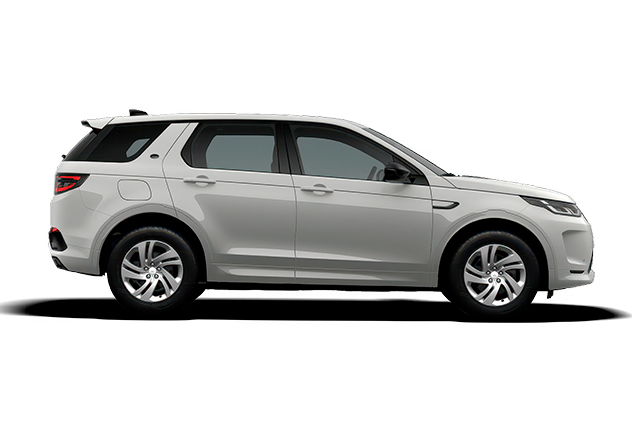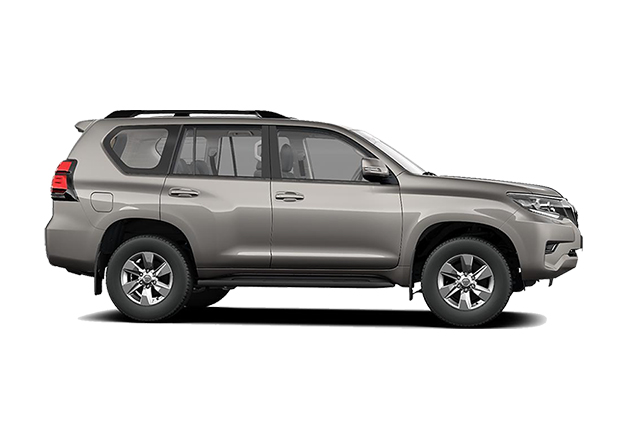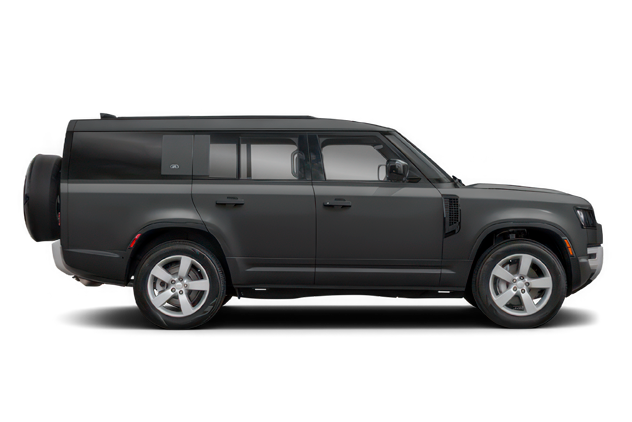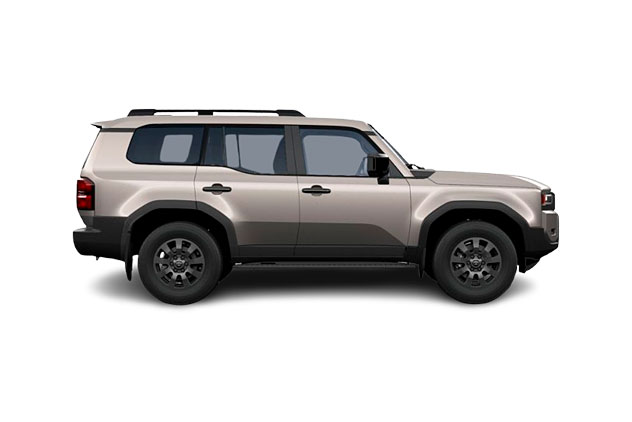Driving in Iceland is very different from what most US drivers are used to. The country’s roads take you from smooth highways along the coast to narrow gravel tracks in remote valleys, often within the same day. Weather can change in minutes, and long stretches of road may not have services nearby. That’s why having the right rental car and safety equipment is essential. For American visitors, being prepared isn’t just about comfort, it can make the difference between a smooth adventure and a stressful trip.
Key differences between driving in Iceland and the US
Unlike the US, Iceland doesn’t have interstates, wide shoulders, or rest stops every few miles. The national speed limit is lower: 90 km/h (about 55 mph) on paved rural roads and 80 km/h (50 mph) on gravel.
And you’ll find far fewer gas stations once you leave larger towns. Roads can also be much narrower than US highways, especially in the countryside. These differences surprise many US travelers, which is why choosing a reliable 4×4 rental and planning ahead is so important for a safe and enjoyable journey.
Recommended 4×4 rentals for US tourists
For US travelers, a 4×4 is the best choice for exploring Iceland with confidence. These vehicles offer the stability, ground clearance, and traction you need for gravel roads, mountain passes, and winter conditions. At Hertz Iceland, all of our cars are under two years old and fully equipped for local roads, so you’ll always be driving a modern and reliable vehicle.
Some popular 4×4 options for American visitors include:
- Toyota Land Cruiser 7 seater: Seats up to 7 passengers with plenty of luggage space. A powerful full-size SUV perfect for long Ring Road journeys or adventurous highland routes in summer.
- Dacia Duster: Seats 5 passengers with moderate luggage capacity with 3 large luggage. A budget-friendly but capable compact SUV, ideal if you want 4WD without overspending.
- Land Rover Defender 130 SUV– Seats up to 7 passengers with versatile cargo options. Designed for rugged terrain and river crossings, this is the go-to option for drivers heading into Iceland’s remote interior.
- KIA Sportage or similar – Seats 5 passengers with good space for luggage. A comfortable mid-size SUV that balances city driving in Reykjavik with off-the-beaten-path adventures.
Ready to hit the Ring Road with confidence?
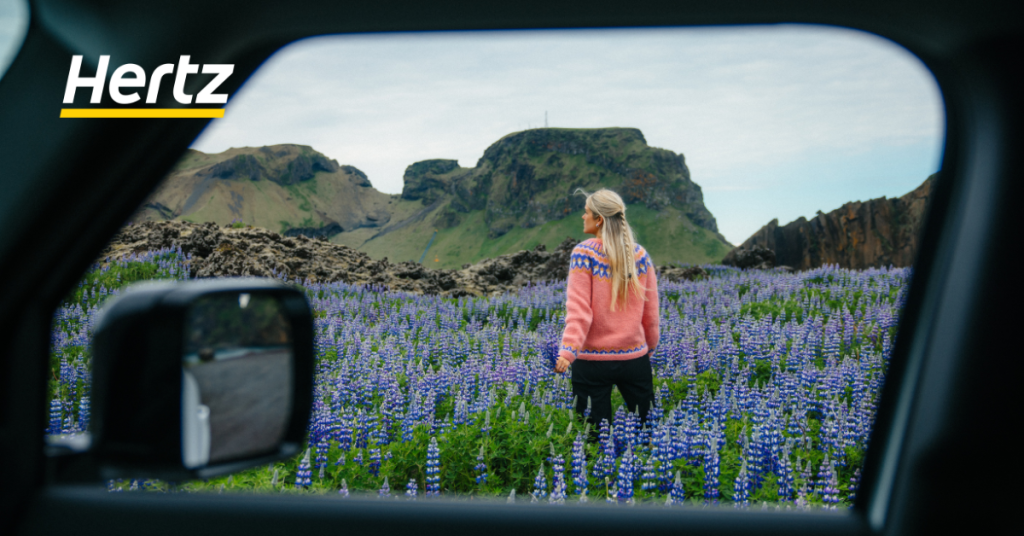
Note: Only 4×4 vehicles are permitted on Iceland’s highland F-roads. 2WD cars, even crossovers like the Mazda CX-30, are not allowed on these routes. Driving them into the highlands is illegal and not covered by insurance.
Choosing the right 4×4 depends on your trip style. If you plan to stay on the main Ring Road, a compact or mid-size SUV is often enough. For highland travel in summer or winter trips with unpredictable weather, a full-size 4×4 gives you extra safety and peace of mind.
Essential tools every US driver should pack in Iceland
Driving in Iceland can feel very different from home. In the US, you might always expect roadside services or another car passing by within minutes. In Iceland, especially in the countryside or highlands, help can be hours away. That’s why carrying the right tools gives you both safety and peace of mind. These items don’t take up much space, but they can make a big difference if you face sudden weather changes or car trouble.
Emergency and safety gear
- First aid kit: Include antiseptic supplies, bandages, pain relievers, and thermal blankets. Iceland’s weather can change quickly, and staying warm is essential.
- Jumper cables or portable jump starter: Car batteries drain faster in the cold. A jump starter is especially useful on remote roads where you might not see another vehicle.
- Reflective triangles or flares: Winter daylight is short, and being visible on the roadside keeps you safe if your car breaks down.
- Offline maps: Download maps before leaving cell service areas. GPS units sometimes fail in stormy weather or in Iceland’s rugged terrain.
Navigation and communication tools
- Paper road map: Electronics might fail, but a paper map never runs out of battery or signal. It’s a reliable backup.
- Satellite phone (for highland travel): F-roads often have no mobile coverage. A satellite phone lets you call for help and reassures your family back home.
- Extra phone batteries or solar charger: Your phone is not just for photos; it’s your lifeline in an emergency. Portable power ensures it stays available when you need it most.
The good news is that when you rent with Hertz Iceland, you’re never truly on your own. All of our 4×4 rentals come with 24/7 emergency support, so while carrying the right tools is smart, you’ll always have professional backup just a phone call away.
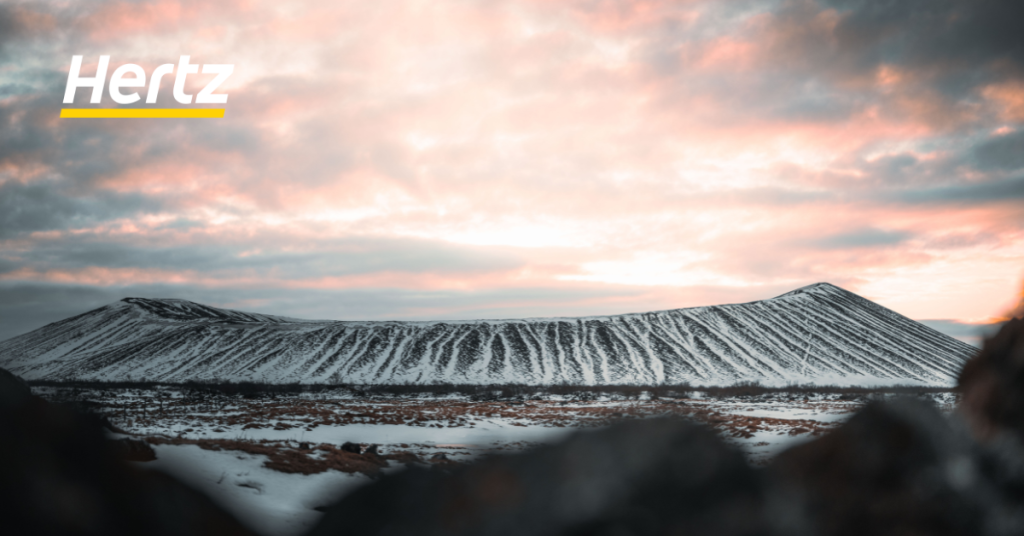
Local emergency contacts and travel resources in Iceland
When driving in Iceland, it’s important to know where to find official safety updates. Unlike the US, where roadside signs and radio alerts often cover everything, Iceland relies heavily on a few key online resources. Bookmark these before your trip, they are the same sites locals use every day.
- Safetravel.is: Operated by ICE-SAR (Icelandic Association for Search and Rescue), this is the official hub for traveler safety. Here you can check daily travel alerts, see current warnings about dangerous conditions, and even leave your travel plan with ICE-SAR so rescuers know where you are if something goes wrong. US tourists heading into the countryside or highlands should always register their trip here.
- Road.is: Run by the Icelandic Road and Coastal Administration, this site gives real-time updates on road conditions, closures, and driving advisories across the country. It’s especially critical in winter, when storms or ice can close parts of the Ring Road. Download the Road.is mobile app before you arrive so you can get alerts on the go, even in areas with limited service.
- 112 is Iceland’s emergency number : In case of serious accidents, medical issues, or urgent rescue needs, dial 112. This is Iceland’s equivalent of 911 and connects you directly with police, fire, or rescue services anywhere in the country.
These resources are not optional, they’re essential for safe driving in Iceland. Check them daily, especially before heading into rural areas or planning a highland adventure.
Stay safe and prepared on Iceland’s roads.
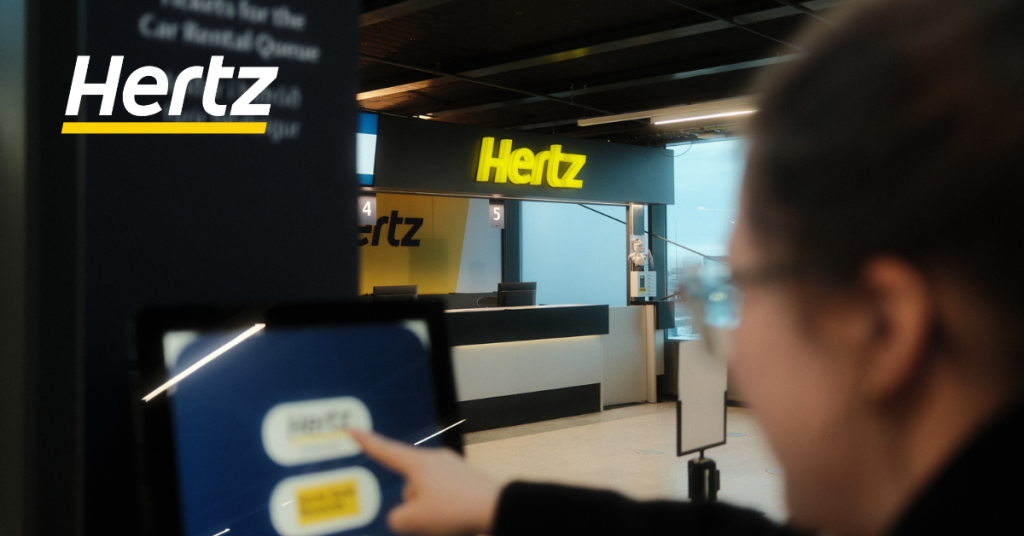
Stay updated with Iceland’s weather service
Weather is the biggest factor that shapes driving conditions in Iceland. Unlike in the US, where forecasts can be regional, here conditions shift quickly from coast to highlands. For the most accurate updates, check vedur.is, the official website of the Icelandic Meteorological Office.
Their mobile app provides forecasts, current conditions, and automatic weather alerts throughout the day. Always review the forecast before setting out and adjust your travel plans if storms or high winds are predicted.
Clothes for bad weather in Iceland
Every passenger should come prepared with proper outdoor gear. Iceland’s rain often falls sideways, and you’ll find yourself stepping outside more often than expected ,whether to check road conditions or clear snow from the windshield.
- Waterproof clothing – jackets, pants, and sturdy footwear.
- Warm layers – temperatures can drop by 20°F between the coast and inland areas. Wool socks, insulated gloves, and hats are not optional extras; they’re essentials.
- Ice scrapers and snow brushes – keep these in easy reach. Frost can cover your windshield in the morning, even during summer months.
Car maintenance: already taken care of with Hertz Iceland
Even with a modern 4×4, Iceland’s conditions can be tough on vehicles. Gravel roads throw up dust and mud, cold weather affects tire pressure, and long drives mean you’ll use more windshield washer fluid than you might in the US. These are normal parts of driving in Iceland, but the good news is that you don’t need to worry about handling them on your own.
At Hertz Iceland, all of our 4×4 vehicles are under two years old, regularly serviced, and carefully inspected before every rental. From tire pressure to washer fluid, our team makes sure your car is ready for Iceland’s demanding roads. Even if you know your way around car repairs, you won’t need to do any of that while traveling here.
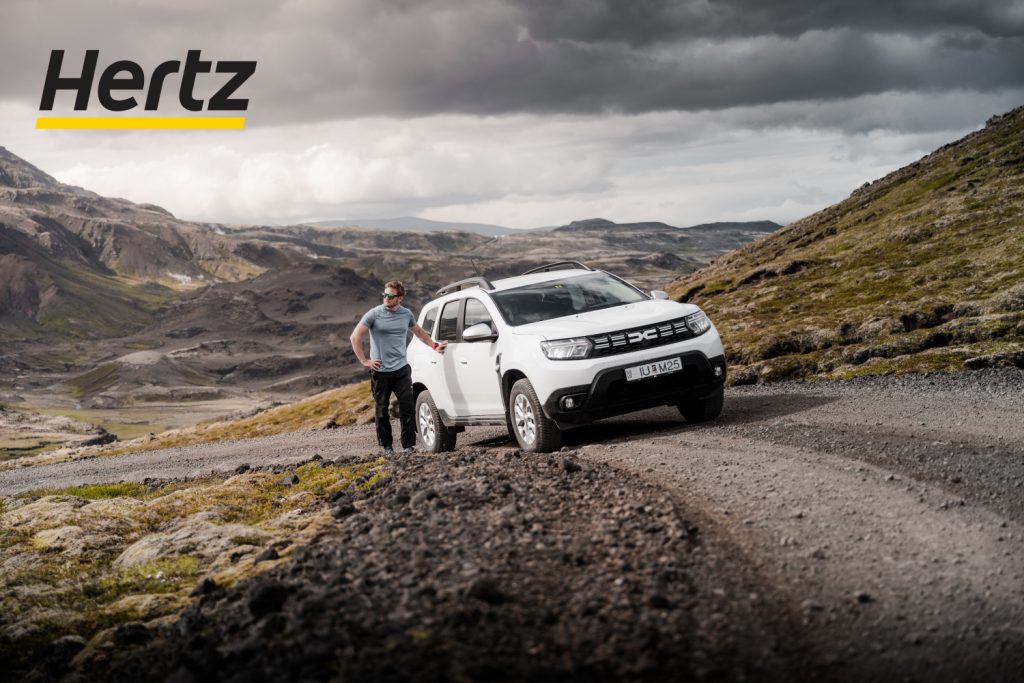
Food and water supplies
In the US, you can count on frequent service stations. In Iceland, there may be hours between towns. Always pack extra provisions:
- Non-perishable snacks – nuts, protein bars, and dried fruit for energy on the go.
- Plenty of water – useful not just for drinking, but also for cleaning or emergencies.
- Warm drinks – instant coffee or tea helps keep spirits up if you need to wait out a storm.
Iceland has well-stocked supermarkets in larger towns, but options become limited in rural areas. Plan your shopping ahead, especially if you’re driving to the Westfjords or highlands where stores are sparse.
If you want to Explore Iceland Like a Pro: Hertz Iceland provides the Best 4×4 Car Rentals for US Tourists that will help you have amazing experiences. If you plan ahead, those memories will always be good.
Final Words
When you rent a 4×4 with Hertz Iceland, you’re already a step ahead. Our vehicles are new, well-maintained, and built for local conditions — giving you peace of mind no matter where the road takes you. Packing smart with the right clothing, food, and safety supplies adds an extra layer of confidence, so you can focus on what matters most: enjoying your Iceland adventure. Be prepared, drive safe, and let the journey be every bit as memorable as the destination.
FAQs
-
- Do US drivers need an international driving permit (IDP) in Iceland? No. A valid US driver’s license in Roman alphabet is accepted for visitors. An IDP is optional, not required. Your license must be valid for the entire rental period and the primary driver must bring a physical credit card in their own name for pickup.
- Do US drivers need an international driving permit (IDP) in Iceland?
-
- What side of the road does Iceland drive on, and what are the speed limits? Iceland drives on the right, same as the US. National limits: 50 km/h (31 mph) in towns, 90 km/h (55 mph) on paved rural roads, and 80 km/h (50 mph) on gravel. Always follow posted signs and slow down for wind, ice, and livestock.
- What side of the road does Iceland drive on, and what are the speed limits?
-
- Is a 4×4 required in winter or for the highlands? In winter, a 4×4 is strongly recommended for stability on snow and ice. For the highlands (F-roads), a 4×4 is legally required and access is typically summer-only. 2WD vehicles are not allowed on F-roads at any time.
- Is a 4×4 required in winter or for the highlands?
-
- When are F-roads open, and can I ford rivers? F-roads generally open in summer once snow melts and close again in autumn. Openings vary by route and weather; always check Road.is for status. River crossings carry risk and are never permitted in 2WD vehicles. Many insurance policies do not cover water damage from river crossings, so check your coverage before attempting any ford.
- When are F-roads open, and can I ford rivers?
-
- Which insurance coverages are recommended in Iceland? For gravel, wind, and volcanic conditions, we recommend adding Gravel Protection and Sand and Ash Protection. Consider wind door damage precautions and avoid opening doors into strong gusts. Review your Collision Damage Waiver (CDW) excess and options to lower it for peace of mind.
- Which insurance coverages are recommended in Iceland?
-
- Where do I pick up my Hertz car at Keflavík Airport (KEF)? Hertz Iceland is inside the KEF arrivals hall for a fast, simple pickup. You can add drivers, select extras, and be on the road in minutes. We also operate 13 stations across Iceland for convenient one-way trips and service support.
- Where do I pick up my Hertz car at Keflavík Airport (KEF)?
-
- What winter equipment do Hertz vehicles have? In winter, our fleet is equipped with season-appropriate tyres and checked before every rental. We advise carrying an ice scraper, brush, and warm layers. Always check weather on vedur.is and road conditions on Road.is before driving.
- What winter equipment do Hertz vehicles have?
-
- How do roundabouts and single-lane bridges work in Iceland? At roundabouts, yield to traffic already inside and to the inner lane when exiting multi-lane roundabouts. At single-lane bridges, the driver closest to the bridge has priority unless signed otherwise; slow down and make eye contact before crossing. Headlights must be on at all times.
- How do roundabouts and single-lane bridges work in Iceland?
-
- Are gas stations frequent and how should I plan fuel stops? Once you leave larger towns, stations are sparse. Top up whenever you can and plan fuel stops in advance. Many rural pumps are self-service and accept cards. Keep your tank at least half full in winter or when heading to remote areas like the Westfjords.
- Are gas stations frequent and how should I plan fuel stops?
-
- Is there a toll system in Iceland? Iceland has very few tolls. One example is the Vaðlaheiðargöng tunnel near Akureyri, which uses electronic payment. Check the route in advance and pay online if you plan to use it.
- Is there a toll system in Iceland?
-
- Who do I contact in an emergency? Dial 112 for police, fire, or rescue anywhere in Iceland. For vehicle issues, call Hertz Iceland’s 24/7 emergency support shown on your rental agreement. For planning and safety alerts, use Safetravel.is, Road.is, and vedur.is before each drive.
- Who do I contact in an emergency?


